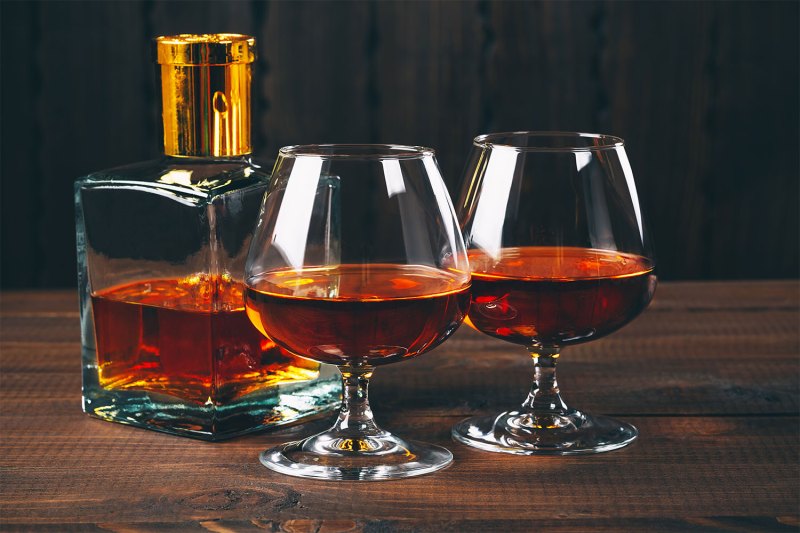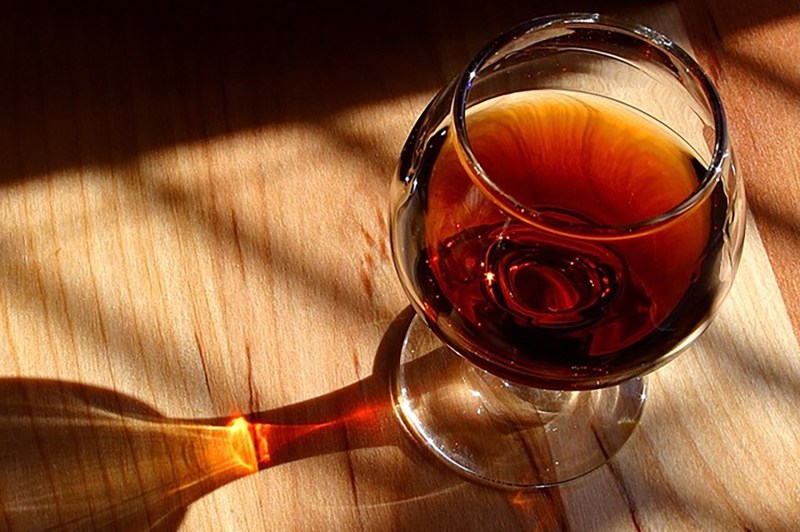| Cognac vs Brandy: What's the Difference? | 您所在的位置:网站首页 › snobery › Cognac vs Brandy: What's the Difference? |
Cognac vs Brandy: What's the Difference?
|
The colossal world of booze is full of questions and dilemmas. Are you drinking a Pinot Gris or Pinot Grigio? What’s the best glass for that pilsner? How on earth do I make a refreshing cocktail with hibiscus? Well, here at The Manual, we’ve got a few answers and tricks that will get you out of any drinks-related binds. One oft-misunderstood topic involves an age-old grape spirit. We’re talking about brandy and Cognac, specifically, and how the two are different. Recommended Videos Related Reading Cognac Guide Best Brandies for SidecarsTo begin, let’s sort out the basics. Cognac is a subcategory within the vast realm of brandy. So, technically speaking, all Cognac is brandy. But to be Cognac — much like, say, Champagne or Porto — it must be made in a very specific region. That region is Cognac, located in the west of France wedged between Bordeaux and La Rochelle. Related A novice cheesemaker’s guide on how to make cheese at home Learn how to master the Coquito cocktail with these great recipes The hottest contraband from Mexico right now may surprise you Ievgenii Meyer/Shutterstock Ievgenii Meyer/Shutterstock
But what’s brandy? It’s essentially the high-octane cousin of wine. Brandy is made by distilling wine, a process that generally concentrates the alcohol content to somewhere between 35-60% by volume. Generally, where there’s good winemaking infrastructure, there’s also a brandy presence. The spirit is produced in many places besides France, from South Africa and Italy to the U.S. Generally, the most revered brandies are made from wine grapes. But since the spirit’s inception in the 16th-century, brandy has snowballed in terms of global production and how it’s made. Today, countries like Russia and China are in the mix, making brandies both out of grapes as well as a variety of other fruits. Among the most famous, beyond Cognac, are Armaganc (also in France), Brandy de Jerez (Spain), Greek brandy (made from Muscat), and Pisco, the famous South American brandy made in Peru and Chile. Some brandy is aged in barrel but quite a bit of it is simply dyed with caramel coloring or similar to mimic the effects of barrel-aging. How it’s distilled depends on the region and, like wine, there’s a real argument for terroir in the final product. So, while most brandies offer grape-y flavors, often accented by nutty, caramelized notes, and a backbone of sweetness and fruitiness, the overall flavor can change quite a bit depending on where it’s from. And the most famous place for this spirit is, hands down, Cognac. The Singularity of Cognac Image used with permission by copyright holder Image used with permission by copyright holder
Cognac is a protected place of origin, meaning it has a very specific way of making its brandy, wholly unique to its location. Distilled at least twice in copper stills, Cognac is then aged for a minimum of two years in French oak. Again, like wine, there’s a perennial nature to it and the spirit-making closely follows the winemaking calendar. It begins just as the wines wrap up primary fermentation, roughly in early October in the northern hemisphere. Many argue that it’s in the blending where Cognac takes on its nuanced nature and complexity of flavor. Experienced blenders will settle on an ideal harmony of flavors and let the batch integrate together for a spell prior to bottling. Per the Cognac guide above, there are several classes of the stuff, differentiated by aging times and more. There are also subregions within Cognac, six to be exact. Three grape varieties are allowed in the production of genuine Cognac. Ugni Blanc is the most common, followed by Colombard and Folle Blanche. They’re all white wine grapes and can offer distinctive flavors, textures, and more depending on how they’re farmed, what soils they reside in, the climate, etc. Again, it’s best to equate brandy, and Cognac especially, with fine wine. That said, the stuff should be enjoyed in a proper bulbous glass, so you can bring it to temperature and really take in the aromas and flavors. Get yourself a good snifter and set up a tasting to really appreciate the different qualities Cognac brings to the table. We suggest doing a side-by-side comparison of a true Cognac with something from elsewhere, perhaps an up-and-coming brandy out of California, where there’s an emerging scene. Editors' Recommendations Best Meat Delivery Deals: Omaha Steaks, ButcherBox and Good Chop The main takeaways from the cognac vs. whiskey conversation Wait, they made a pink pineapple? This roaster’s $150 cup of coffee sold out in a single day The 10 best sweet treats for your Valentine’s Day celebration |
【本文地址】